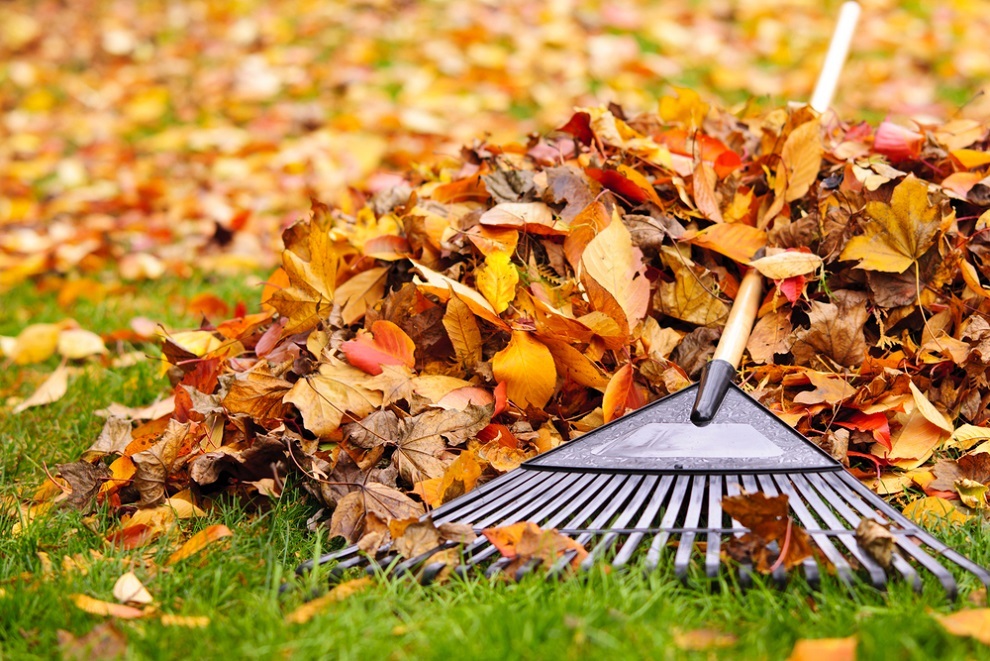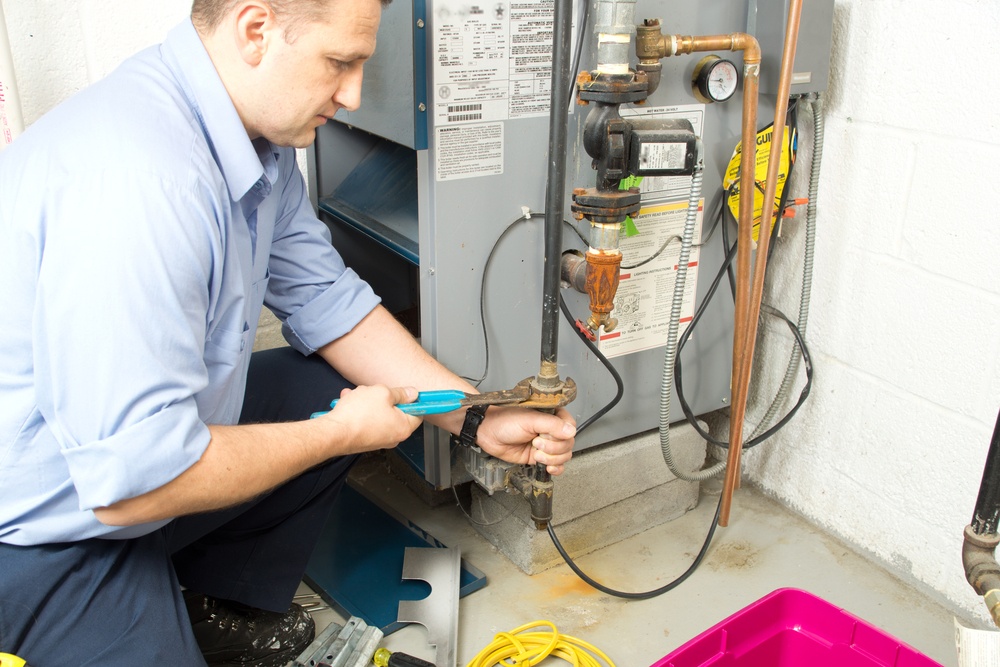 Curtains are a wonderful addition to your vinyl replacement windows. They make a decorative statement, add privacy to a room when you need it, and the right types of curtains can even help improve energy efficiency. Curtains are fairly simple household items, but choosing the right ones and hanging them up correctly can be surprisingly complicated. Many homeowners have a hard time finding the right ones and getting them placed just right.
Curtains are a wonderful addition to your vinyl replacement windows. They make a decorative statement, add privacy to a room when you need it, and the right types of curtains can even help improve energy efficiency. Curtains are fairly simple household items, but choosing the right ones and hanging them up correctly can be surprisingly complicated. Many homeowners have a hard time finding the right ones and getting them placed just right.
Choosing Curtains Last
When you’re planning to redecorate a room, it can be easy to make choosing the right wall color your top priority. But since paint can be purchased in any color you can imagine, it’s much easier to choose your curtains first and plan your paint colors around them. Many homeowners make the mistake of making curtains one of the last things they buy for a room, thinking they’ll easily be able to find curtains to go with their decor, only to realize it’s not quite as easy as it sounds.
Overlooking Your Curtain Rod
Since curtains are such a large focal point of a room, it can be easy to put all your energy into choosing the right curtains and make the curtain rod an afterthought. However, your curtain rod is very important. The placement, size, and type of curtain rod you use will all make a difference in how your curtains look. When you’re looking for a curtain rod, consider the type of curtain you have. For example, if you have heavier curtains, you’ll need a curtain rod that’s sturdy enough to support the weight of them. Or if you have curtains with grommets at the top, you’ll need a rod that will work well with those.
Unless you’re hanging a valance, curtains should be hung closer to the ceiling than to the top of your window frame. Many designers recommend that curtain rods be placed at about two-thirds of the height between the top of the window and the ceiling. This helps make ceilings seem taller, which can be particularly nice if you’re dealing with a rather small room.
You’ll also want to consider the width of your curtain rod. You curtain rod shouldn’t be the exact width of your window, it should be about 10 to 12 inches wider. That way, your windows will look larger and your curtains won’t block your view when they’re opened.
Measure Carefully
One of the most common mistakes people make when choosing curtains is that they only measure the size of the window the curtain will be covering. While this is certainly something you’ll want to be aware of, the curtain will be covering more than just the area of the window and you’ll need to account for that. Curtains that are too short look awkward and ones that are too long can be a magnet for dirt and pet hair. If they’re too wide, they’ll block your window when pushed to the sides and they’ll look proportionately strange if they aren’t wide enough.
To measure your window for curtains, measure the width of your window and double that number. If you want a little extra fabric to work with, you may want to multiply the width of your window by 2.5 instead. As for length, don’t forget to account for the height of your curtain rod! If your curtains are the right size and your curtain rod is placed correctly, your curtains should come no more than an inch above the floor.
Get Rid of Wrinkles
Once you’ve finally found some curtains you love, it can be tempting to hang them up as soon as you get them home. But brand new curtains will inevitably have some wrinkles when they’re straight out of the package. Don’t just expect the wrinkles to fall after being hung for a while. Unless your curtains have an intentionally crinkled texture to them, iron or steam your curtains first to get rid of the wrinkles. It may not be a particularly fun chore, but it will help your room look much neater in the end. In some cases, wrinkles might interfere with the way your curtains hang.









